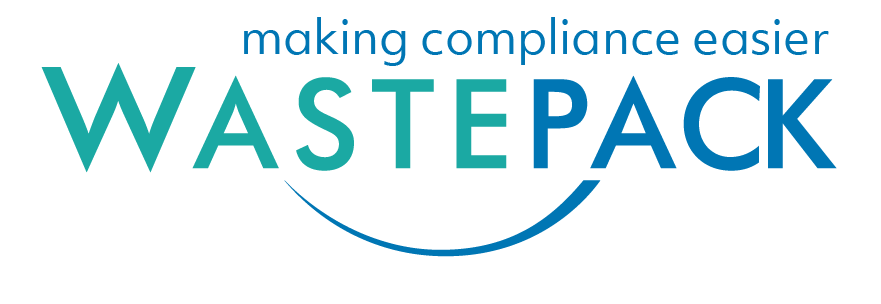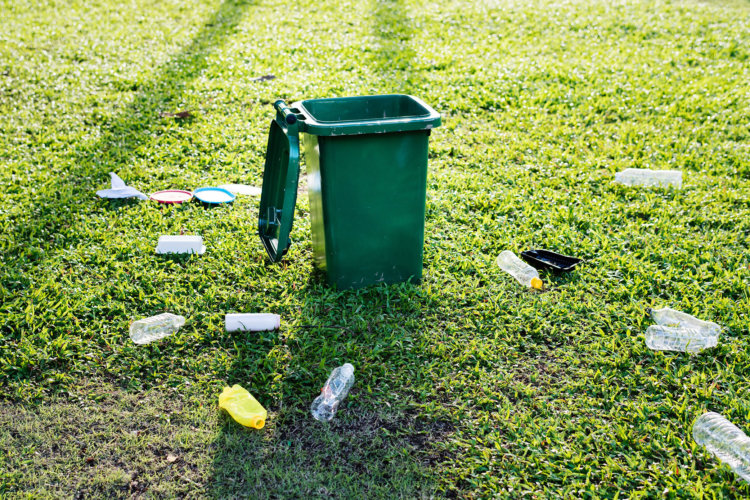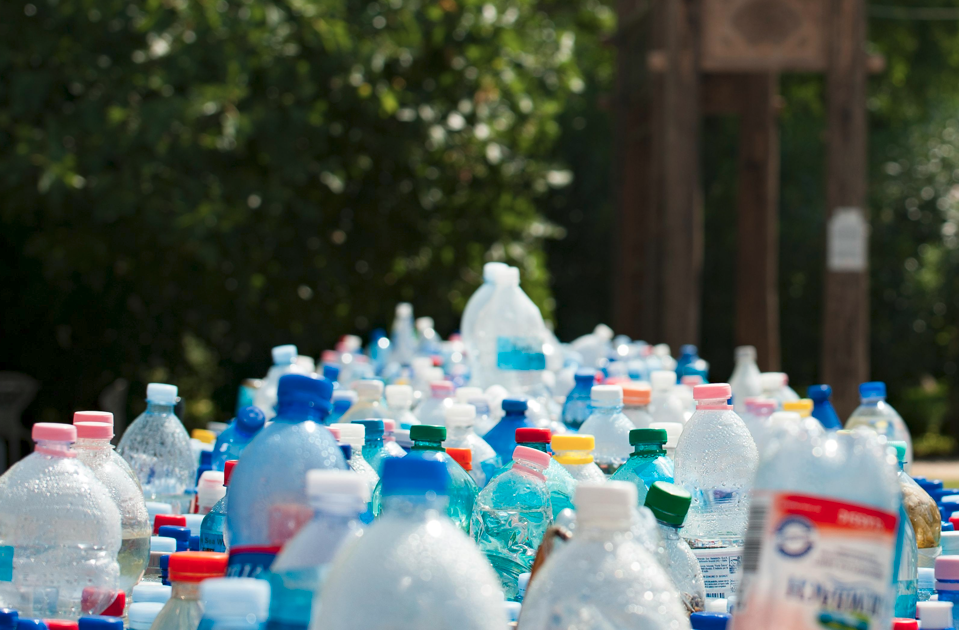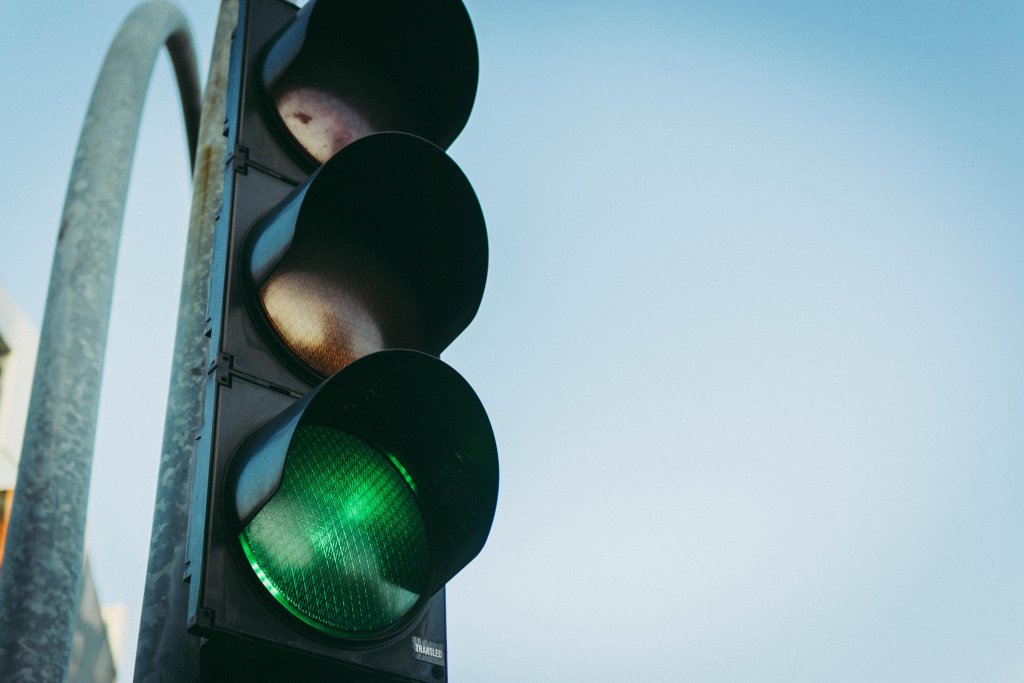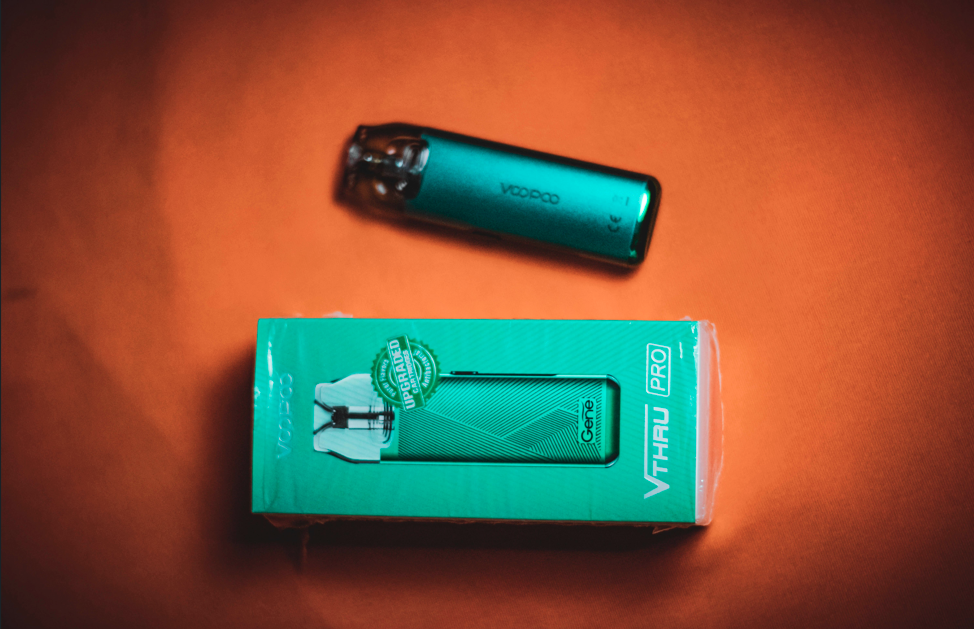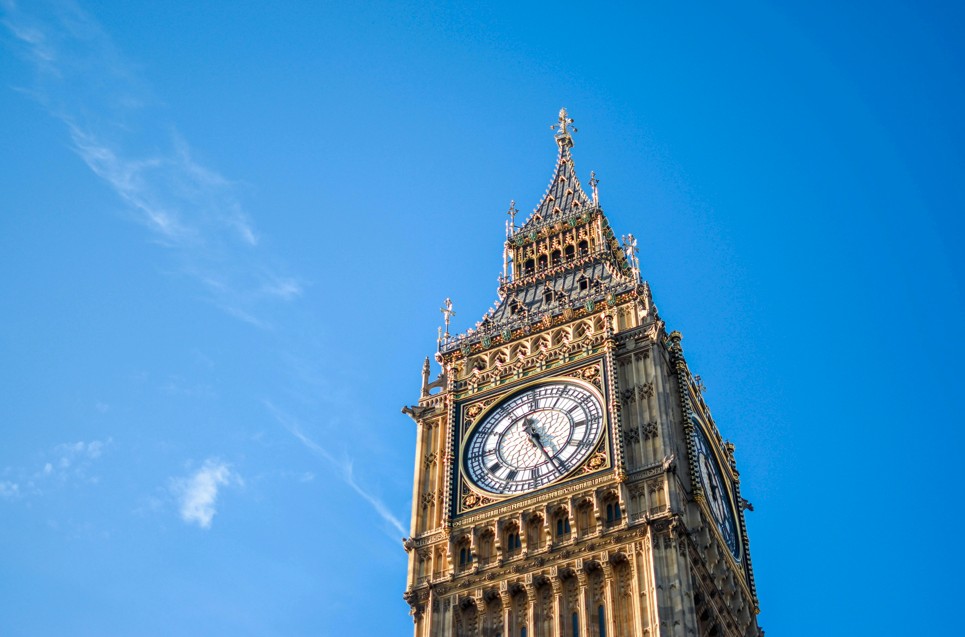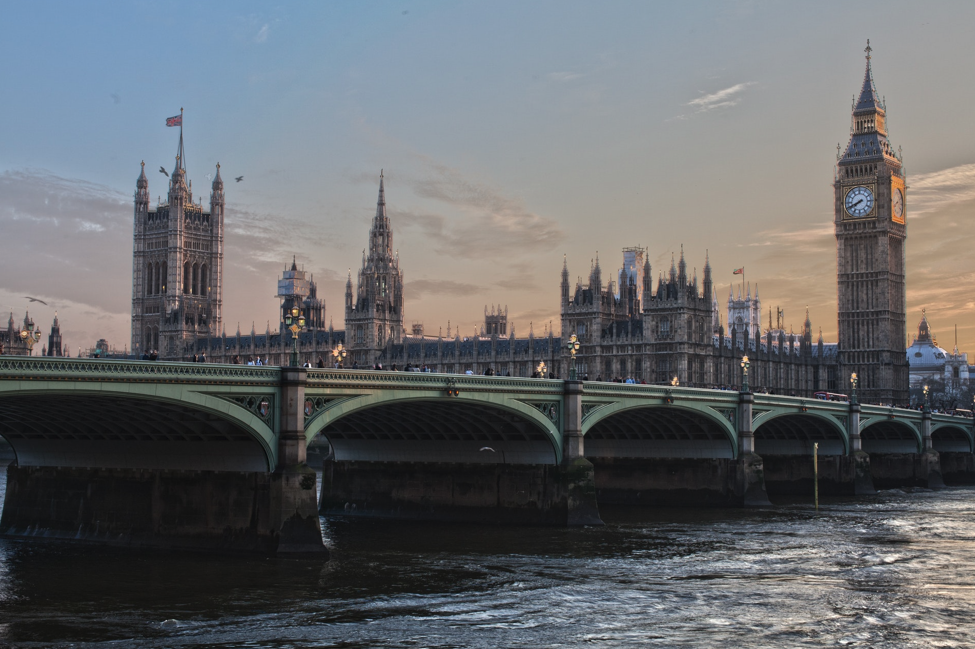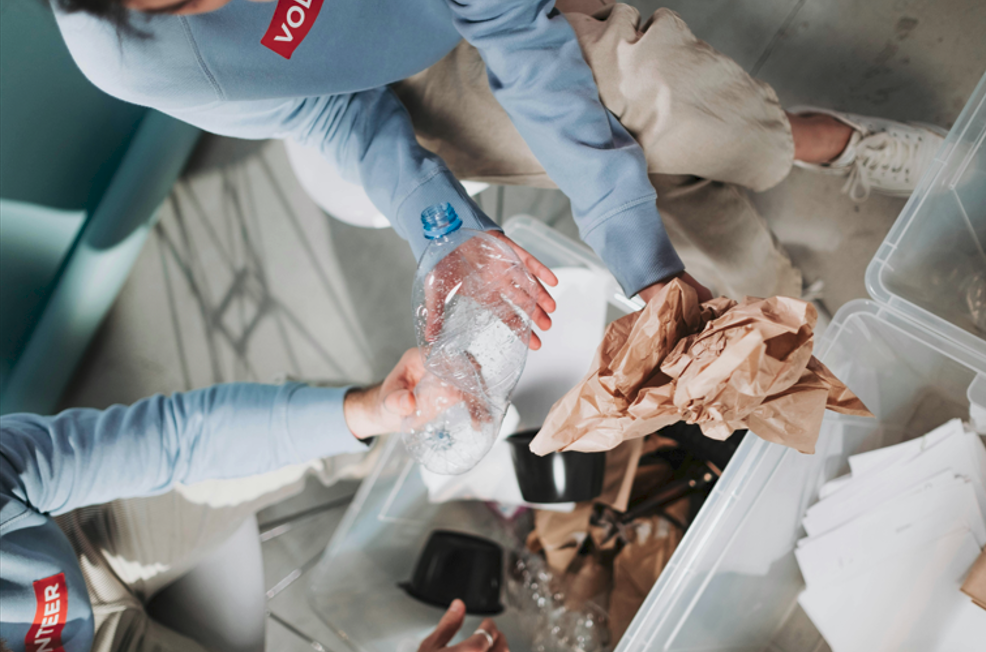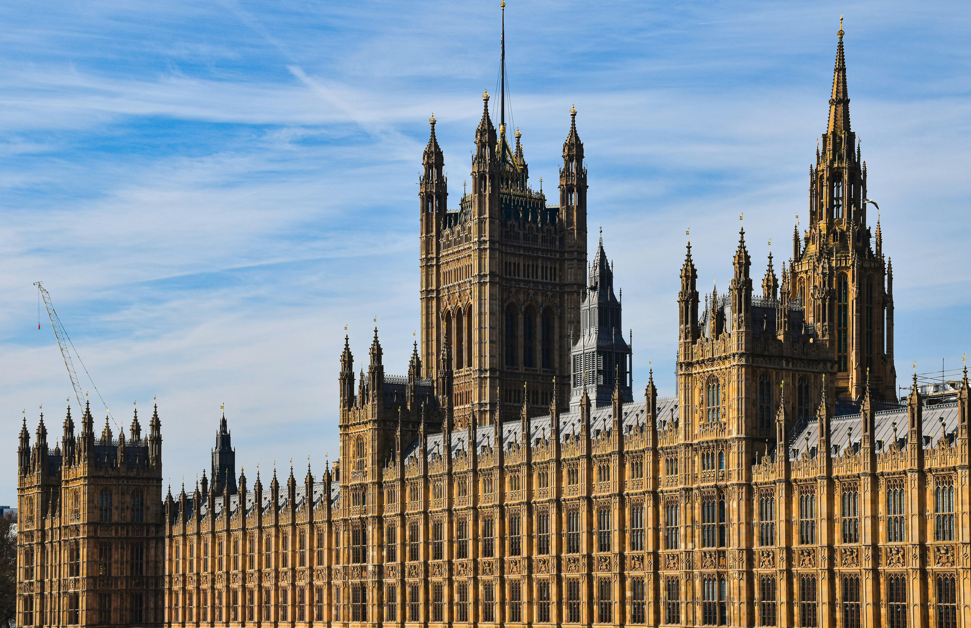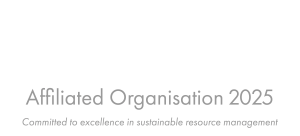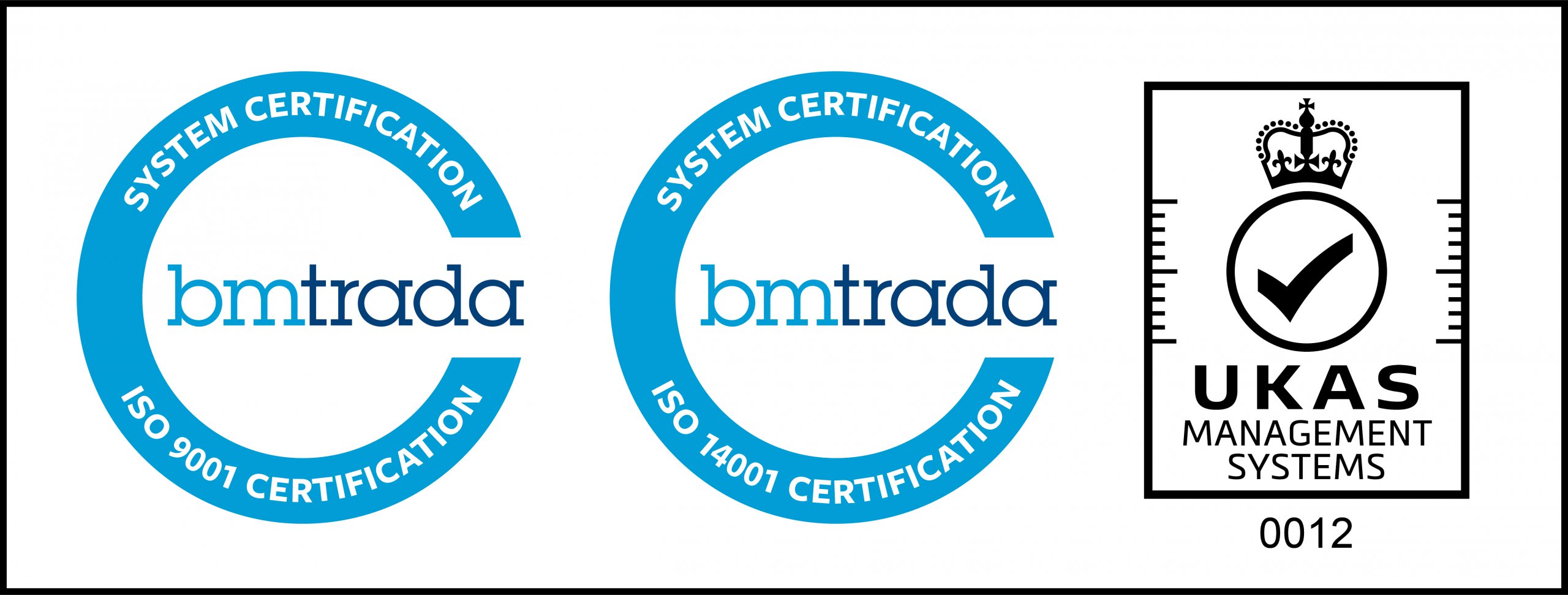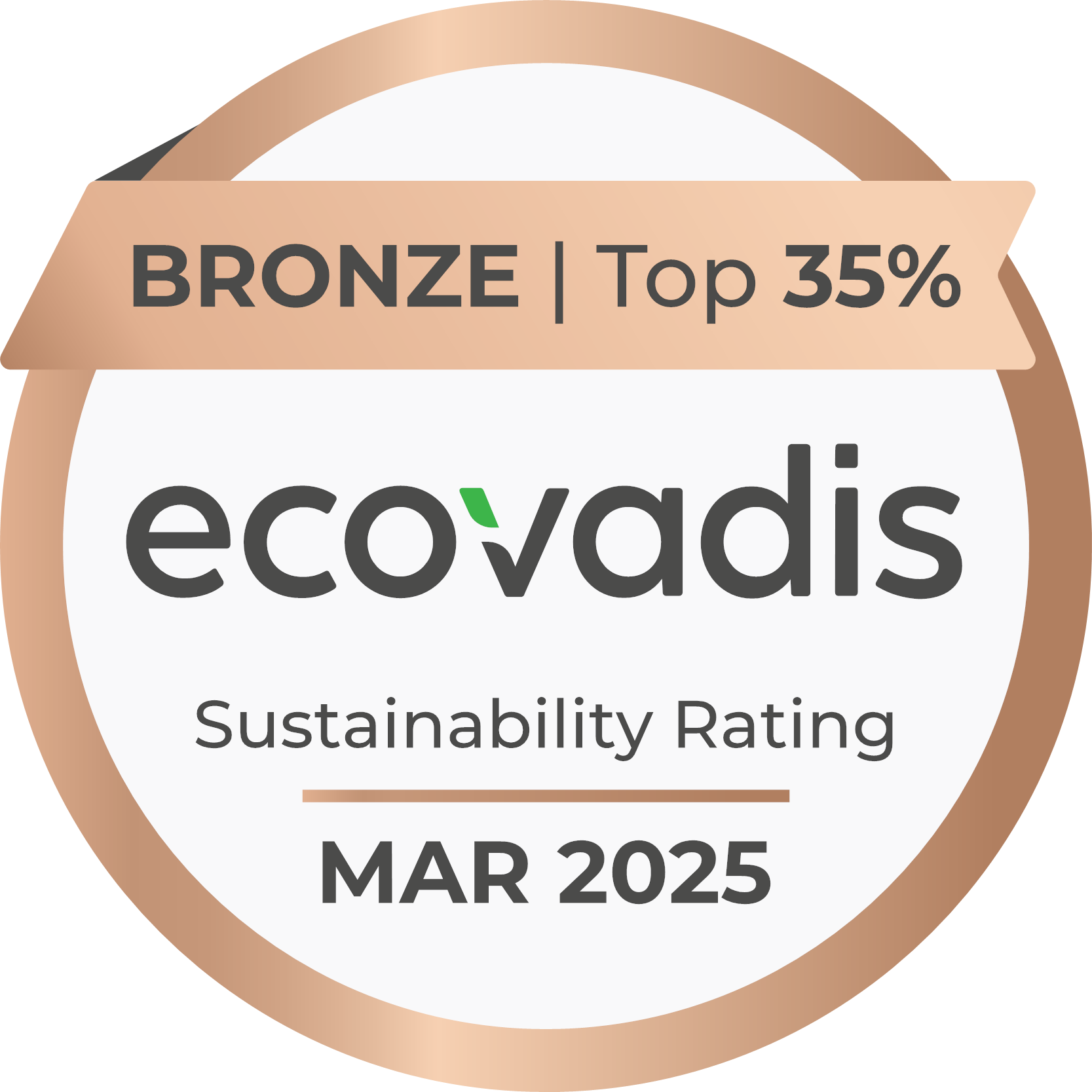Consumer Obligations
The UK generates around 10 million tonnes of packaging waste a year.
More than half of it can be found in household bins. However a large proportion is also generated by businesses. Most of this waste ends up buried in the ground as landfill even though a lot of it could be recycled.
The introduction of recycling targets for businesses to recover a proportion of the packaging they place on the market, means that at least 76% of packaging waste must now be recovered and recycled. It is important that we all recycle as much as possible so that the UK can meet these targets.
Our handy recycling point locator will help you find a recycling facility close to you.
The discussion of the environment and sustainability is progressively growing. Businesses are becoming more and more aware of their impact on the environment and assessing how they can improve their environmental performance. In addition, the increasing cost of landfill has led to companies examining how they can reduce this cost and increase the value they can receive from waste.
Usually the first step to determining how much recyclable waste you generate as a business is to carry out an audit of all your waste arisings. This will help you decide if you can reduce the waste you produce or if recycling is a better option.
Here are some ideas to assess how you can increase your company's recycling levels.
Office Recycling
Most businesses generate office waste. You can help improve your recycling levels by recycling all office supplies from paper to ink cartridges and even computers: Business users of Waste Electrical and Electronic equipment (WEEE) have an obligation to ensure that it is dealt with in accordance to the WEEE regulations. You can also look at recycling on-site drinks containers from vending machines. Contact your Local Authority, canteen supplier or Wastepack who may be able to help.
Packaging used in the business
Some businesses can improve their environmental performance by recycling waste which is accumulated as part of the goods in process, either for own use or for re-sale. This would typically be cardboard boxes, shrink wrap or pallets.
An audit of how you transport goods between sites and to customers may also reveal recycling opportunities. For example, you may be able to substitute one-way packaging with reusable packaging such as tote boxes and wooden pallets if it does not sacrifice product safety or transportation requirements. You may also be able to minimise the use of packaging in your business by buying in bulk or in large, reusable containers.
Join your neighbours
Sometimes you do not generate enough waste to make recycling economically viable because it may not be enough for a lorry load. If this is the case, why not get together with other businesses in your area to set up a “milk round”.
Buy Recycled
Many businesses are now looking at sourcing stationery or packaging which contains an element of recycled material. This is important as it ensures there is a market for waste, and it also helps to create new collection and recycling facilities. Many office suppliers now have a selection of recycled products.
Wastepack Recycling
Our recycling team leads the way in advising on the extracting of recyclable materials from commercial and industrial waste streams, and identifying commercially viable markets for recyclate. If you would like help with recycling within your business, please contact us.
Tidyman
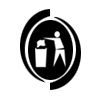
Mobius Loop with Percentage
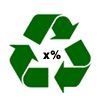
Mobius Loop
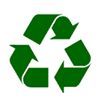
European Ecolabel
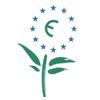
Green Dot
 In some countries (not the UK), the Green Dot symbol indicates that a contribution has been made to an authorised packaging recovery scheme. The UK operates on shared producer responsibility instead of a Green Dot system. Sometimes packaging is standardised for several markets with a green dot symbol included. If such packaging is distributed in the UK a trademark licence is required. Wastepack can provide its compliance scheme Members with such a licence free of charge.
In some countries (not the UK), the Green Dot symbol indicates that a contribution has been made to an authorised packaging recovery scheme. The UK operates on shared producer responsibility instead of a Green Dot system. Sometimes packaging is standardised for several markets with a green dot symbol included. If such packaging is distributed in the UK a trademark licence is required. Wastepack can provide its compliance scheme Members with such a licence free of charge.
Glass Label
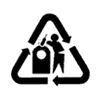
Aluminium
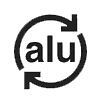
Steel
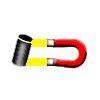
The NAPM Approved Recycled Paper Mark
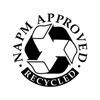
Polyethylene Terepthalate
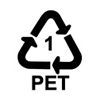
High Density Polyethylene
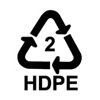
Polyvinyl Chloride
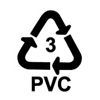
Low Density Polyethylene
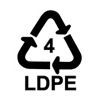
Polypropylene
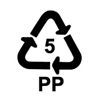
Polystyrene
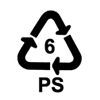
All Other Resins & Multi-Materials
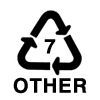
Wood
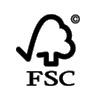
Industry Council for Packaging and the Environment
SMITHERS PIRA - online information about packaging and paper industries
The Centre for Sustainable Design
Edie - environmental news and sustainability
WasteConnect - The UK Public Recycling Database
WRAP - The Waste Resources Action Programme
DEFRA - Department for the Environment and Rural Affairs
Department of Business, Energy and Industrial Strategy
Environment and Heritage Services
